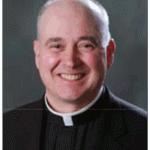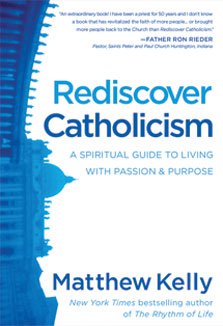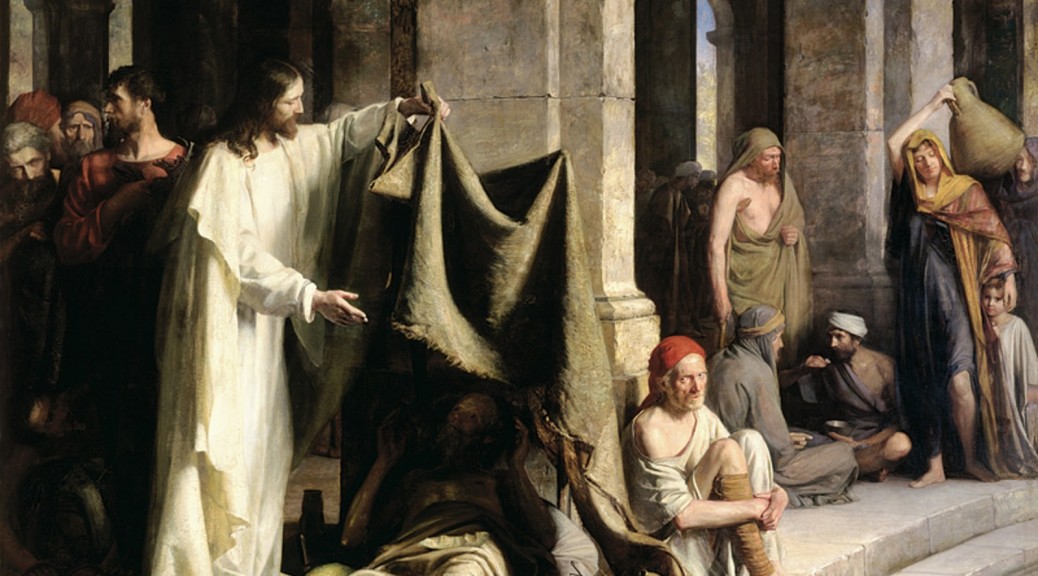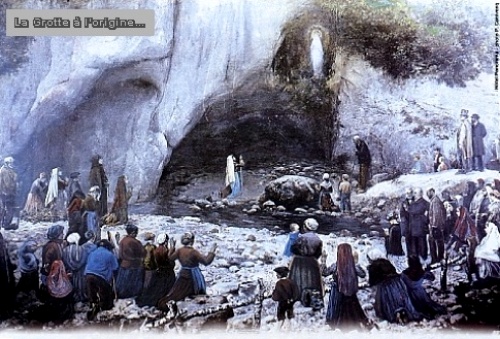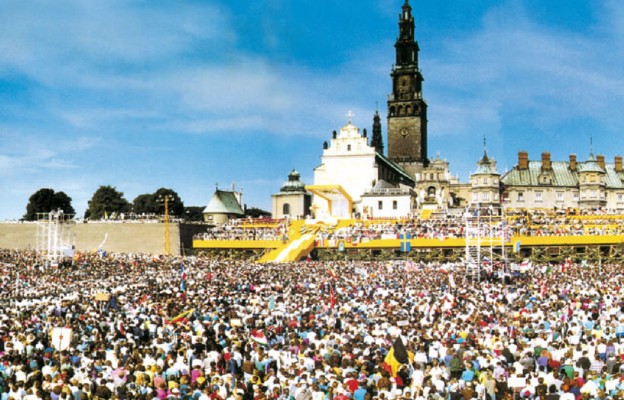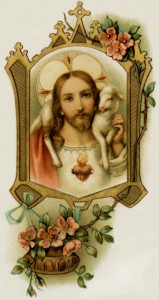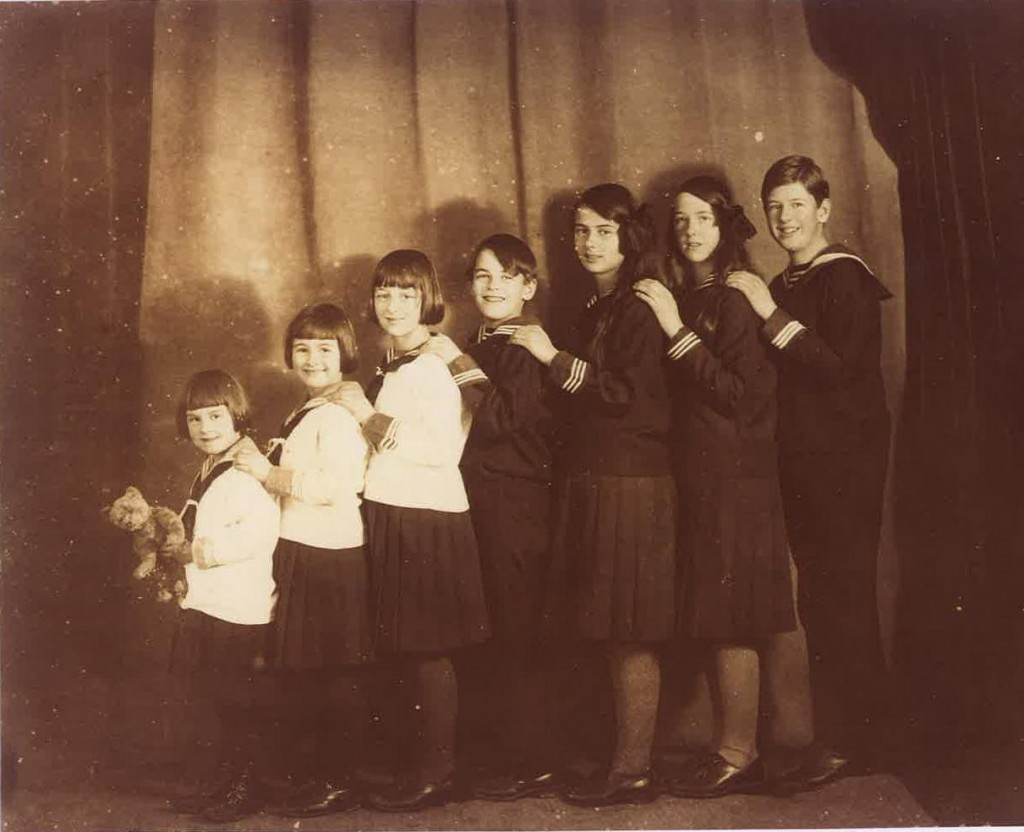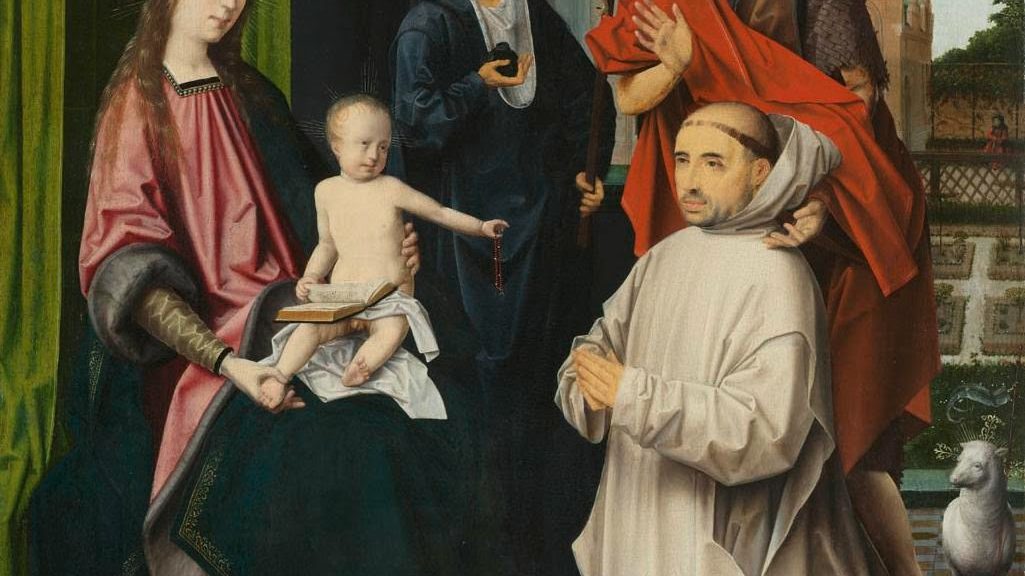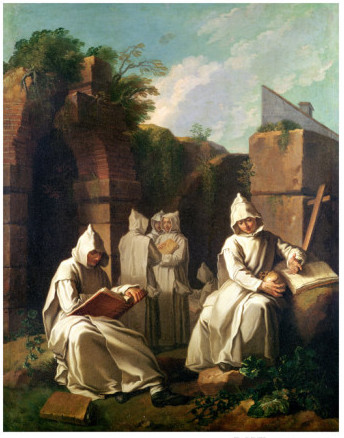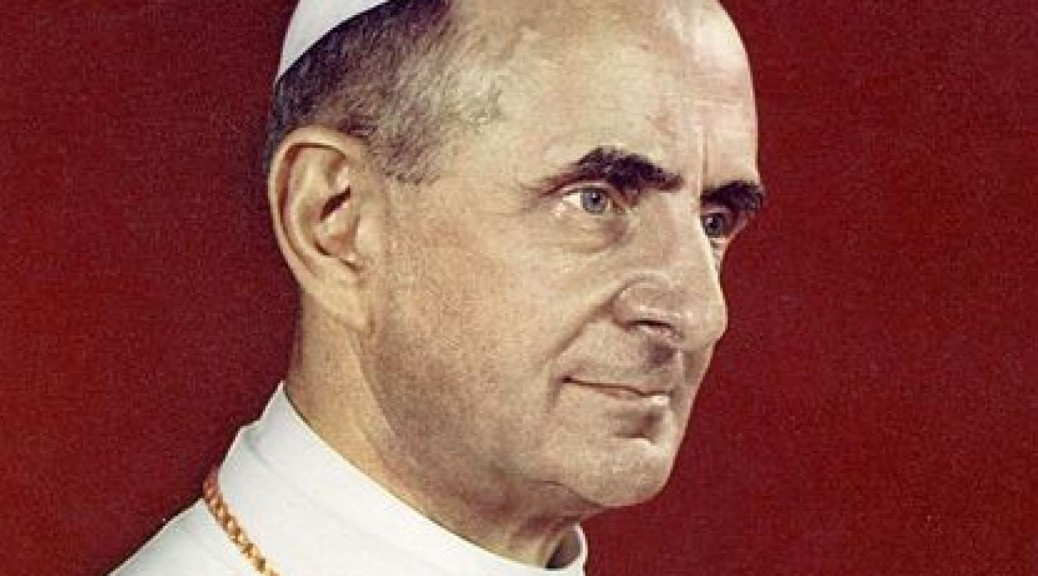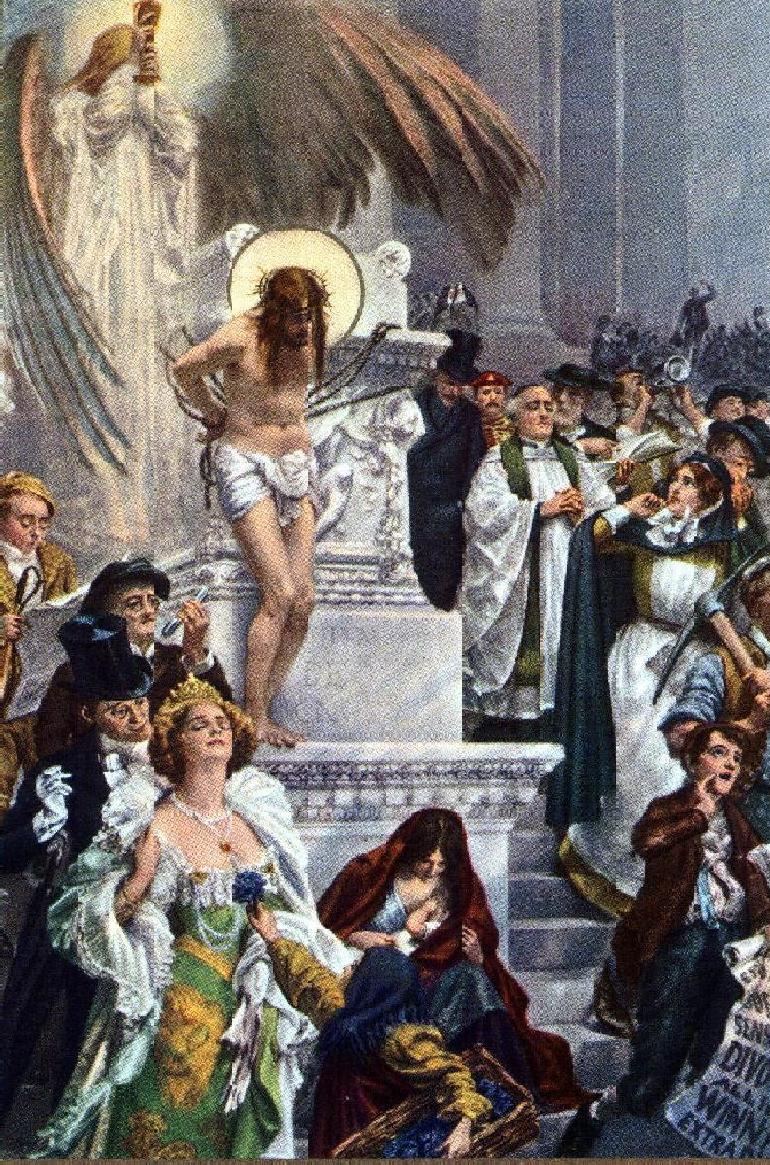
(Pastor’s Note from the Mary Immaculate of Lourdes Parish Bulletin for March 25, 2012)
The final two weeks of Lent are traditionally known as “Passiontide”. In these days we concentrate more intently on the sufferings of Christ as He accomplished the act of our Redemption.
The cover picture of this week’s bulletin is a painting by Sigismund Goetze (1866-1939) entitled “Despised and Rejected of Men”, phrase taken from the Suffering Servant of Isaiah’s prophecy. I am grateful to parishioner Millie Rizzo for having provided me with a copy of this picture and the explanation of its meaning.
Goetze is classified as an English Victorian Painter although he outlived the Victorian era (Queen Victoria died in 1901). He was a devout Anglican and in this particular scene he superimposes his English society on the Suffering Christ. In the painting Christ is tied to a pillar about to be scourged, but the pillar is an altar of an ancient pagan shrine and the people moving about are in a Greek Temple. In the Acts of the Apostles, Chapter 17, St. Paul is preaching the Gospel to the people of Athens. There he makes reference to an altar dedicated to “THE UNKNOWN GOD”. Although the Athenians meant it to be an insurance against slighting any overlooked deities in their many-gods world-view, St. Paul used it as an opening to speak about the one true God whom they had hitherto not known by name. Here in Goetze’s painting, Christ chained to an altar of the Unknown God is a cruel irony. Although England has been Christian for centuries, Christ remains largely unknown its present generation. The throngs are too caught up in their own egotism to notice Him.
Goetze depicts several types familiar to late-Victorian society. In the left-hand corner there is the lady of fashion flirting shamelessly with her escort. Behind them is the scientist, so infatuated with his bubbling test-tube that he is blind to Christ. Above him is the sports-enthusiast, lost in the horse-racing pages. At the base of the altar huddles a poor mother with a sickly child. Turned in on herself by misery, she also has her back to Christ. To the right, a ragamuffin newsboy hawks the latest tabloid scandal sheet. A pompous cleric walks along, eyes straight ahead. Behind the cleric is a scheming businessman whose god is money. Next to him a corrupt judge is pouring over his lawbooks. In the far background a demagogic politician is haranguing the crowd. Only the nurse looks upon Christ, and reacts with sorrow and compassion.
This religious painting is supposed to make people think: am I not also somewhere in that passing crowd? We could easily imagine an updated version of this painting with very recognizable types of contemporary American society. Few enough there are who recognize Our Lord Jesus Christ for who He is and try to shape their lives accordingly.
These next two weeks are the most solemn, reflective time of the year for Catholics. If we have been keeping Lent for the past four weeks, we ought to redouble our efforts over the next two. Dedicate yourself in these next two weeks to the recollection of Our Lord’s Passion.
